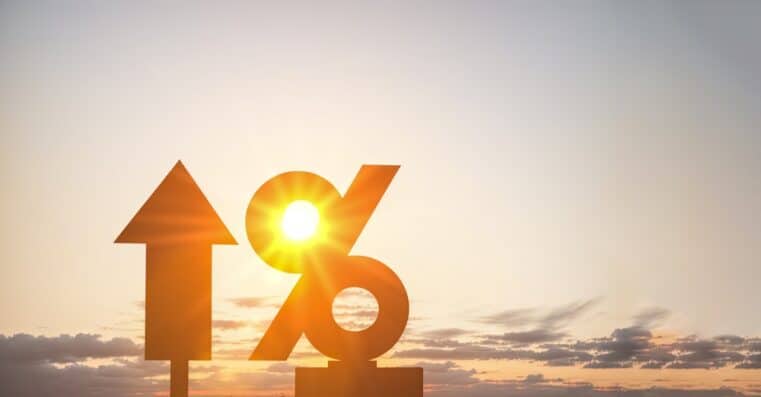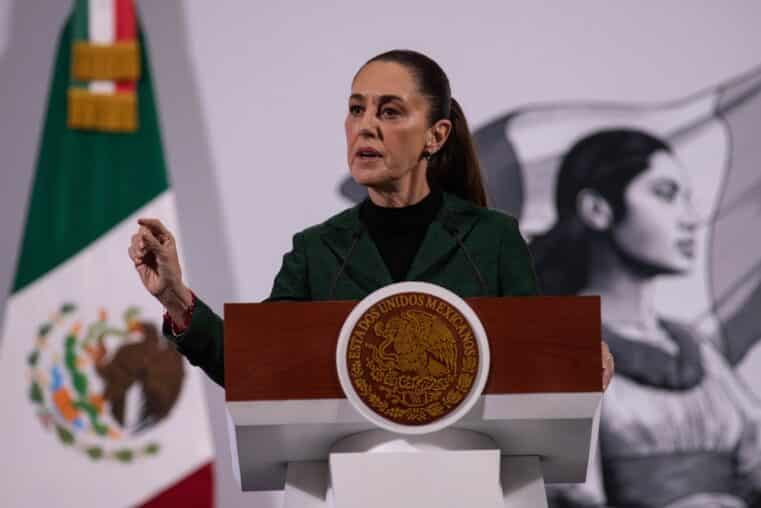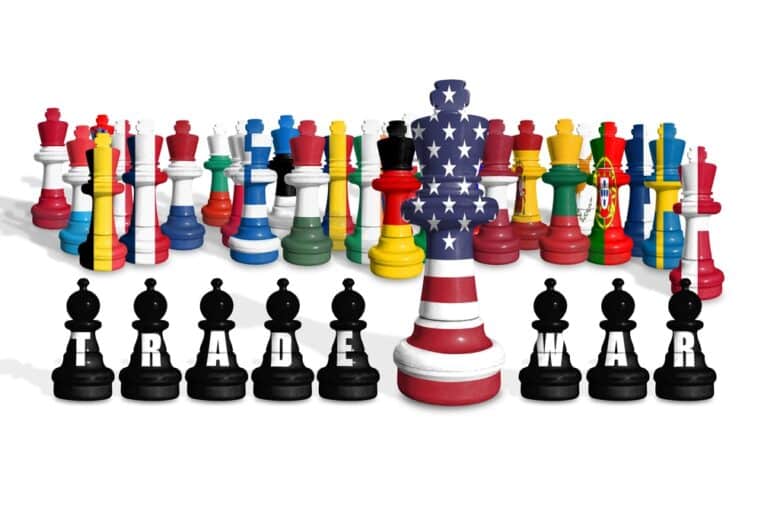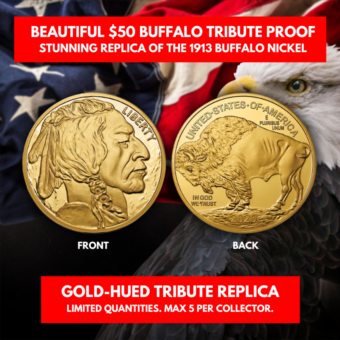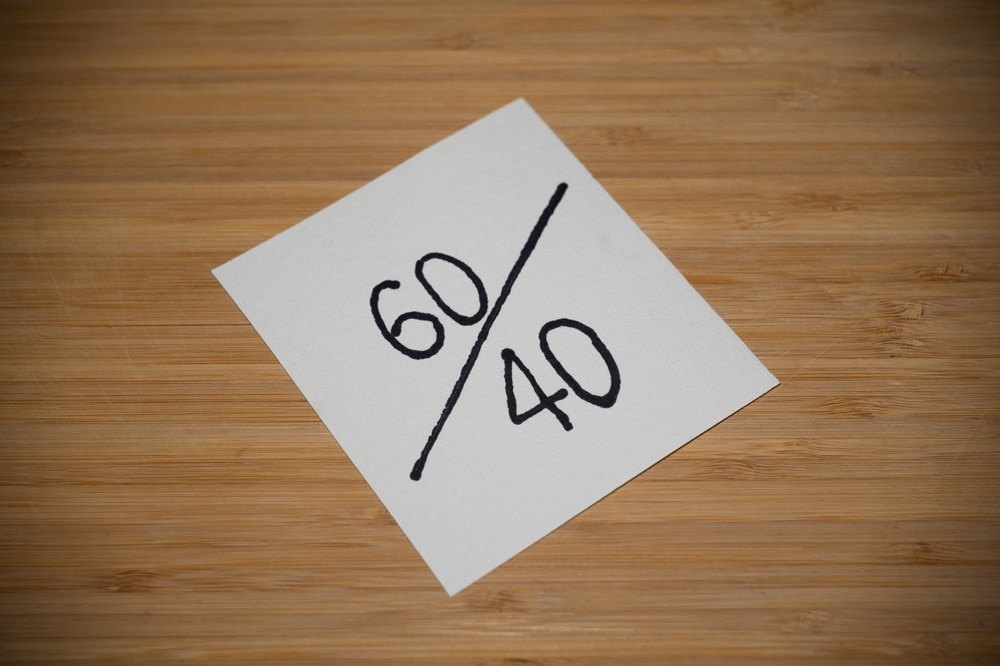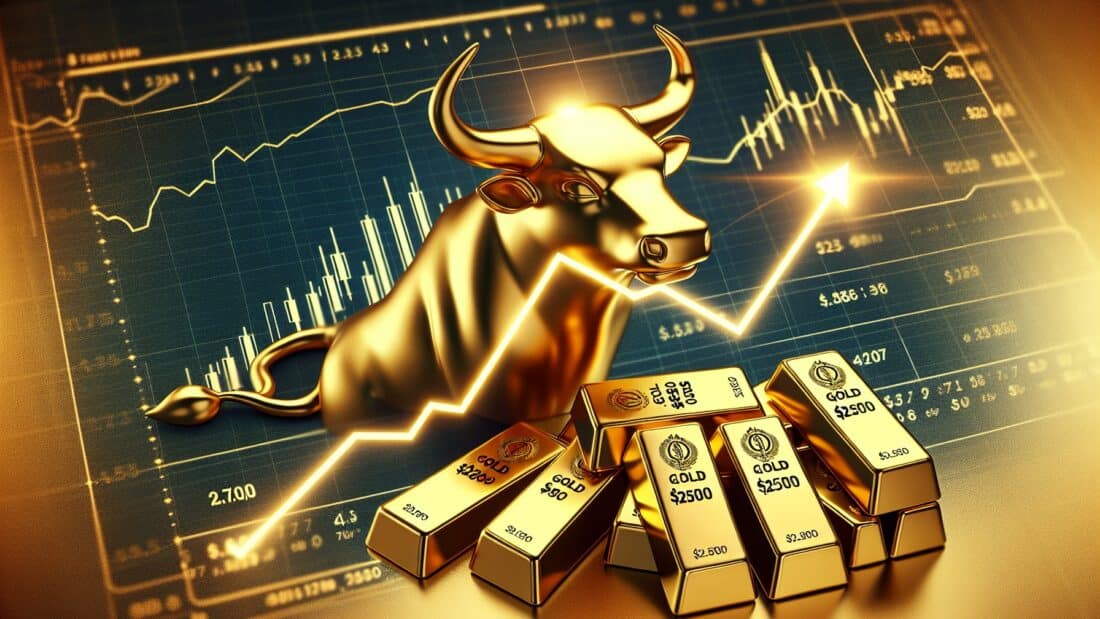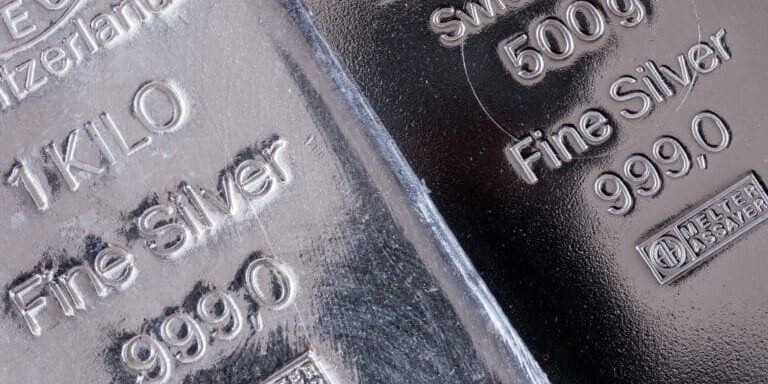
10 Factors That Impact The Price Of Silver
Since ancient times the word “silver” has been used around the world to denote money. As a renowned monetary commodity like gold, silver has an intrinsic value in and of itself making it ideal as a currency and store of value as a precious metal. With a limited and diminishing supply silver has consistently sustained its value as currency for over 4,000 years. It is why large investment funds and other investors are increasingly allocating some of their investments to silver. There are numerous reasons why silver especially at current prices is not only a great bargain but a solid investment choice.
When you buy silver you acquire a precious finite and rare commodity that has been revered for its value throughout the ages. Silver has been passed on from heir to heir as a prized possession as silver bars and precious metals. Portable, tangible, and valuable silver coins can be bought taken delivery of or stored in high-security vaults.
The two precious metals, gold, and silver have always been dependable investments with intrinsic value that has never waned over the centuries. Over the past 15 years, the silver price had more than doubled from a low of $7 per ounce in 2005 to its current level of $17 per ounce. As a prized asset silver has proven time and time again that it can deliver significant value for investors. It has risen by over 8% per annum in most currencies over the last 15 years.
Silver has an intrinsic value without the baggage of counterparty risk that is present in investments such as stocks, shares, or bonds. Its value is also not derived from any other asset or anchored in blind faith like paper currencies but in the precious metals market.
Just like gold, silver bullion tends to have a negative correlation with other assets, which means investors can be protected when bonds, shares, or property lose value. Such an asset can act as a hedge by cushioning your portfolio from potentially massive losses in times of war, stagflation, terrorism, natural catastrophes, and currency crisis.
The silver price rises significantly during times of economic uncertainty as was seen in 2011. When the Euro debt crisis unfolded silver jumped to a record high of near 50 US dollar an ounce as investors worried about another financial meltdown in the highly indebted EU. Without mounting risks in the modern financial system silver will continue to play an even more significant role as a hedge against risk.

The price of silver can be directly influenced by inflation in fiat currencies.
Risk and Inflation
Inflation lowers the purchasing power of paper currencies such as the US dollar, euro, and pound. Over time cash including your bank deposits and other investments tend to be worth much less as inflation bites. Silver bullion can protect your wealth against inflation because its value is not dependent on the value of fiat currencies. In times of runaway inflation, local currencies can become completely worthless forcing investors to seek safety in alternative currencies such as silver and gold.
When you buy property, stocks, cash deposits, or bonds your investment relies heavily on politicians making the right choice for the economy. To protect your wealth from political chaos and reckless government policies part of your wealth must be invested in assets whose value cannot be controlled, influences, or determined by politicians and banks. Silver allows you to invest a portion of your savings in a real asset with an inherent value that tends to appreciate in times of war, political or economic crises.
To solve the 2008 financial crisis governments unwisely chose to print currencies and flood the economy with cheap money creating the so-called “tide that lifts all boats”. This cheap money triggered a boom in every asset including property, bonds, and stocks. As the FED and other central banks attempt to reverse this policy of quantitative easing the bubble will almost certainly burst again. Silver as a haven investment may appreciate significantly once this correction occurs. Including silver coins in your portfolio can deliver a handsome profit as distress hits the markets.
Investment in highly speculative and risky financial products such as derivative CFSs, spread betting, and crypto-currencies has grown tremendously in recent years. To make matters worse all major economies took on unsustainable amounts of debt in the name of stimulus packages during the 2008 crunch while trade and budget deficits continue to expand. All these factors point to a global economic system riddled with immense risk. Buying silver as a portion of your investment can insure your wealth against such immense economic risks.
With almost every asset overvalued at the moment, it’s tough finding an attractive investment for short term profit. Silver is currently trading at what most experts believe is a substantially undervalued price. Compared to previous price movements and taking into account the risk of a correction in the markets few assets offer such an attractive buying opportunity in the short term. In comparison to gold, the silver price is a lot more volatile and those who invest in silver for short term gain would want to be comfortable with these swings in valuation. Investing in silver for the short-term is not for the faint-hearted due to the daily volatility.
Every allocation in your investment portfolio must deliver a reasonable return while ensuring the safety of your wealth. As a precious metal like gold, silver is in demand for jewelry and other collectible items. However, silver also has the following unique characteristics which make it an in-demand investment.
Silver is Scarce
The above-ground quantities of silver have declined tremendously from a high of 2.2 billion ounces a century ago to less than 300 million ounces today. Furthermore, 80% of silver is produced as a byproduct in the mining of base metals such as lead and zinc. Therefore, supply is unlikely to increase significantly even if the price goes up. This was seen in the 1970s when the silver price soared to record highs of $50 an ounce without a corresponding spike in production.
Unlike the more valuable gold, it does not make economic sense to recycle the small quantities of silver inside electrical components. Most silver is never reclaimed after installation in medical devices, film, and electrical equipment such as phones and flatscreen TVs. In a bullish market for precious metals, the silver price usually rises by a far higher margin than that of gold. For example, the silver price jumped 3,800% in the 70s as compared to a 2,500% rise for gold. By investing the same sum of money in silver investors are more likely to make a higher return than if they invested in gold.
When you look at recent and historical trends of the gold-silver ratio silver is currently undervalued when compared to gold. From a ratio of 15-1 between the 1700s and 1900s the silver to gold ratio now stands at a record 88-1. Considering that in 1792 in the United States the gold to silver ratio was fixed by law at 15 to 1 then silver is grossly undervalued and is likely to gain significantly in the future.
Governments can and have confiscated gold from banks and private citizens during an economic crisis. This happened in the United States in the 30s as the Roosevelt administration struggled to contain the economic crisis. Silver has never been confiscated before and maybe a better option for those worried about government confiscation in their jurisdictions.

Silver is a great asset to have in addition to gold, especially considering the USD is falling.
Should I Buy Silver Now?
Is it worth investing in silver now? Silver has traded much lower since its record time high during the 2011 Eurozone debt crisis. Markets are booming at the moment and the world seems to be doing pretty well economically. As any financial expert will tell you the current boom in the markets is a good reason to be fearful. Silver as an investment is a smart choice for the following reasons.
The world seems to be lurching from one crisis to another. After the 2008 financial crisis, the 2011 Euro debt crisis was closely followed by the chaotic Arab Spring. Today, a severe trade war is brewing between the US and the rest of the world while terrorism and the rise of populist and divisive politics threaten economic growth. Recent crises have taught harsh lessons to investors about hedging against risks such as Coronavirus or COVID. Buying silver and precious metals now are the prudent thing to do for all looking to protect and grow their wealth in uncertain times.
Never before has the global financial system been vulnerable to so many risks. Bank failures, excessive public and private debt, massive budget and trade deficits, technological risks, speculative financial instruments, trade wars, and weak regulatory frameworks. Buying silver is one proven way of insulating your wealth from systemic risks that threaten to collapse the financial system yet again.
The constant seesaw of the markets from record highs to record daily losses should worry prudent investors. Market volatility is an ominous first-time sign of the current decade long bull-run. If history is any indication the current bull-run is long in the tooth and another market crash may be imminent. Buying silver coins now will protect your hard-earned money and interest rates should the bubble bursts.
The silver supply is essentially flat at the moment and will decline with time. As demand for mobile devices, flatscreen TVs, and personal electronics continues to grow around the world silver will likely gain in value in the coming months and years. Investing in silver now is buying early into a potentially lucrative market.
Silver is highly sought after in many industries including the technology and medical sectors for its high malleability, resistance to corrosion, good thermal and electrical conductivity, and antimicrobial properties. This drives enormous demand for silver in the manufacture of medical equipment, mobile phones, and in the energy industry. With these sectors of the industry expected to grow especially in China, India, Vietnam, and other manufacturing hubs buying silver today maybe a smart investment.
Fund managers and financial advisors are increasingly advocating silver as a hedge against geopolitical and financial risk in the global economy. Although just like gold silver has been a safe haven for centuries the silver demand as a profitable investment is growing. The proliferation of hedge funds, silver ETFs, derivatives markets, and affluent individuals looking for safe-haven assets have expanded the investment market for silver.
The current silver price forecast is historically low by many metrics. Measured against the historic gold-silver ratio, historical price trends, pervasive geopolitical risks, and weak economic indicators, silver is grossly undervalued. Buying silver now is a rare opportunity to turn a decent profit in the medium and long term and to protect your wealth.
At $17 an ounce, silver is more affordable than the price of gold, which at about $1,500 an ounce is equivalent to 88 ounces of silver. A lower price per ounce means silver is more accessible to investors and buying small quantities over time gives you the benefit of dollar/euro cost averaging.
The chickens of the 2008 financial crisis are finally coming home to roost. Central banks and the Federal Reserve are attempting to tighten monetary supply to prevent runaway inflation after massive currency printing in the wake of the 2008 crisis. The easy money that lifted markets to record highs is drying up and a significant price correction is inevitable.
Silver is a more speculative investment with price movements that are more volatile than gold which can deliver a higher return on investment. As a rule of thumb, we in the past recommended that in the bull market 75% of your precious metals allocation is reserved for gold while allocating the remaining 25% to silver bullion. We believe that such an allocation strikes the perfect balance between hedging against risk and delivering a potentially lucrative return to your investment.
The silver price for bullion is somewhat more speculative than gold with daily price movements that are slightly more volatile than gold but less volatile than most stocks and indeed stock markets. Silver tends to outperform gold in terms of return and can deliver a higher return on investment. However, silver’s real value is as a hedge and safe-haven asset and the primary reason to own silver is not about wealth accumulation but wealth protection and hedging risk in an uncertain world.
Conclusion:
Silver has been considered money throughout most of recorded history. Physical silver is a tangible asset with no counterparty risk or default risk. Silver has an intrinsic value due to its metallic characteristics making it suitable for industrial, medical, and ornamental use and due to its finite supply.
There are many reasons to buy silver bullion rather than an ounce of gold or Bitcoin, chief among them the fact that the silver price is money, a form of saving, and a form of investment all at the same time. There are also compelling fundamental reasons to buy silver. The time is high for demand from the silver investment bar and coin sector with demand also being supported by the diverse industrial and technological applications which require silver. With demand outstripping supply and with silver mining output set to shrink in the future the silver price forecast looks fundamentally strong. Furthermore, above-ground stockpiles of silver are very small which puts another constraint on potential supply. Potential manipulation of silver prices is an additional consideration which may put upward pressure on the price of precious metals in the future.
As a perennial form of money, the silver market has long been adopted and accepted as workable money in a free market precisely because silver embodies the universal characteristics of money. Silver bullion coins are durable, relatively scarce, universally accepted, fungible, portable, and cannot be debased and are therefore suitable as a medium of exchange and unit of account. Physical silver has intrinsic value and lacks counter-party risk and default risk. The first majestic silver also retains its purchasing power over long periods and is thus suitable as a store of value and as a long-term hedge against inflation in real-time.
Silver futures have many different properties which make it useful in a multitude of different roles. Of all the metals silver as a white metal is the best conductor of heat. Silver is also the best conductor of electricity. In addition to its usage as money, the conduction properties of silver allow it to be widely used in electrics, batteries, and electronics. Silver is also the most reflective metal when exposed to natural light, hence its use in jewelry, silverware, and more recently, solar panels.
Silver nitrate was critical for the evolution of photography, and silver is still widely used in the photography industry despite the rise of digital photography. Silver’s anti-microbial properties have found it applied recently as nano-particles in sweat-resistant clothing and as a germ fighter. Silver has long been used as a water purifier and is now also found in medical equipment and hospital instruments.
Due to the large industrial demand for silver, the silver price is more exposed to economic cycles than the gold prices during the last year. Precisely because of silver’s multiple industrial uses and its relatively small above-ground stockpiles compared to the annual silver mine supply. The silver price predictions are often therefore more volatile than the gold prices.
The Gold to Silver ratio is used by many analysts as a timing indicator to help inform the decision as to whether it may be a relatively better time to buy silver compared to gold prices. When the ratio is at the high end of its long term range some analysts recommend investors to shift from holding gold to holding silver in their portfolios.




